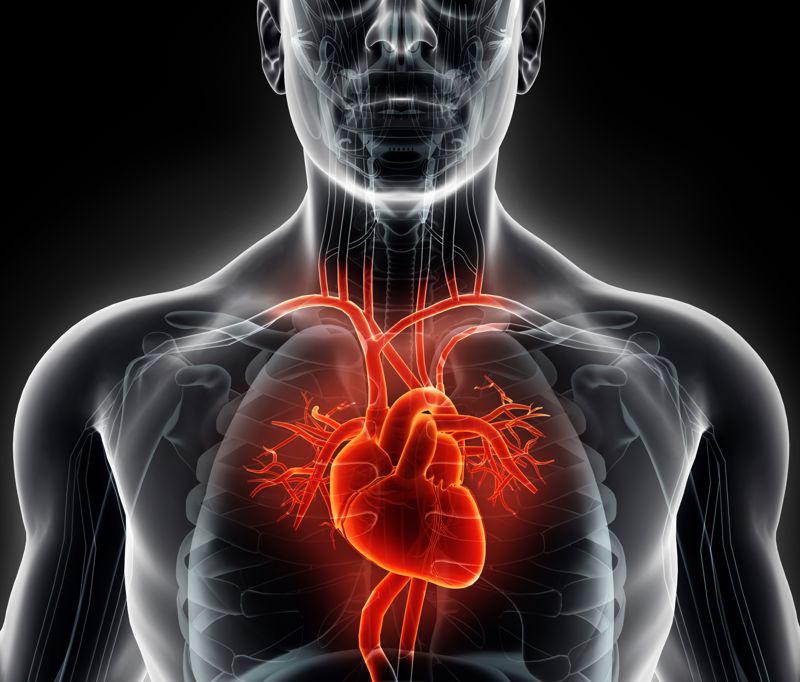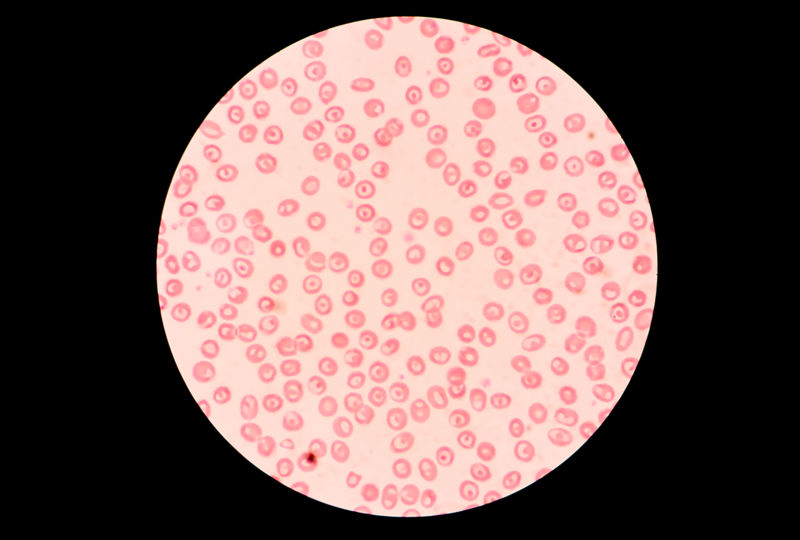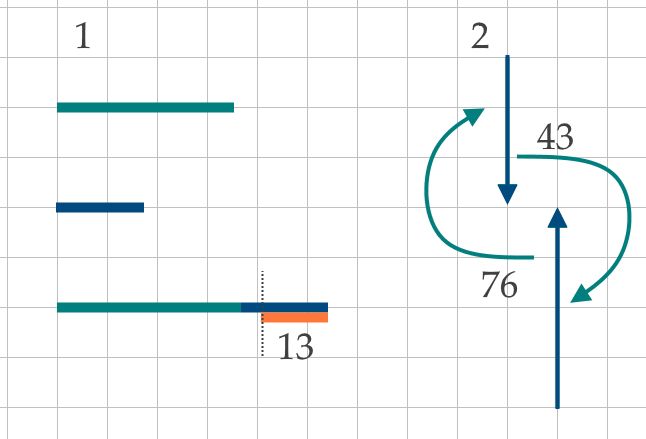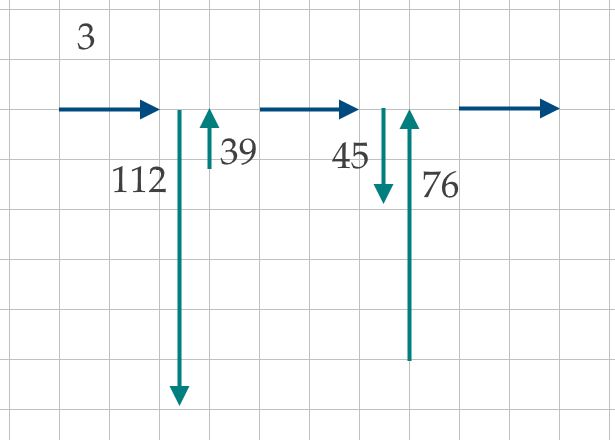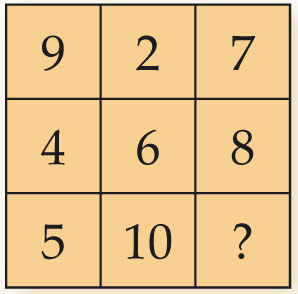- Numbers and digits
- Writing and comparing numbers
- Natural numbers
- Calculations with natural numbers
The history of numerals
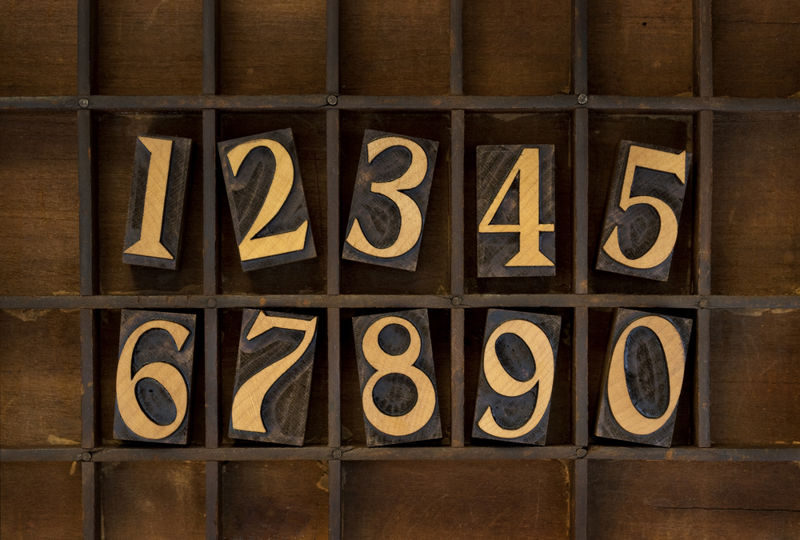
Numbers and digits
Numbers and digits
- Numerical digits are symbols used to write numbers.
- Numbers are used to mark quantities or amounts.
- In the decimal system, ten different digits are used to form numbers:
0, 1, 2, 3, 4, 5, 6, 7, 8, 9,
- The meaning of a digit depends on its position in the number.
- An infinite number of numbers can be formed from digits.
Practise and solve
Number | Sum of the digits |
681 | |
7 935 |
Number | Sum of the digits |
48 903 | |
627 352 |
Large numbers
Write the numbers with digits.
Read and think
Answer the following verbal tasks. Find the information you need in the text. Reflect and make notes if necessary. Solve the question by calculating. See the last slide for hints on solutions.
Good to know
23 607 812 | 23 607 802 | |
490 294 | 409 294 | |
6 298 006 | 6 289 006 | |
50 376 985 | 50 376 958 |
298 348 120 876 | 3 billion | |
1000 million | 1 billion | |
5 000 006 | 50 000 000 | |
870 056 | 870 560 |
Read and think
Answer the following verbal tasks. Find the information you need in the text. Reflect and make notes if necessary. Solve the question by calculating. See the last slide for hints on solutions.
From one number to another
Consider the rule according to which the number in the top row turns to the number in the bottom row. Add the missing numbers.
Extra

Magic square #1
4 | 9 | 8 |
7 | 3 | |
6 | 5 |
Magic number:
Magic square #2
7 | ||
10 | ||
11 | 13 |
Magic number:
Magic square #3
5 | ||
35 | ||
20 | 45 | 10 |
Magic number:

